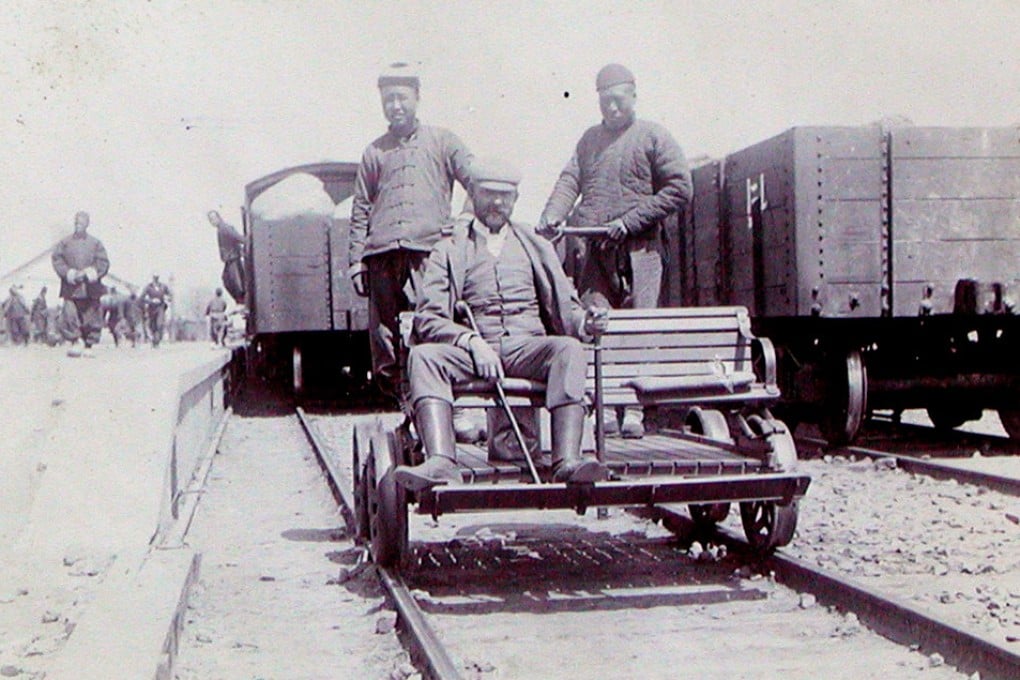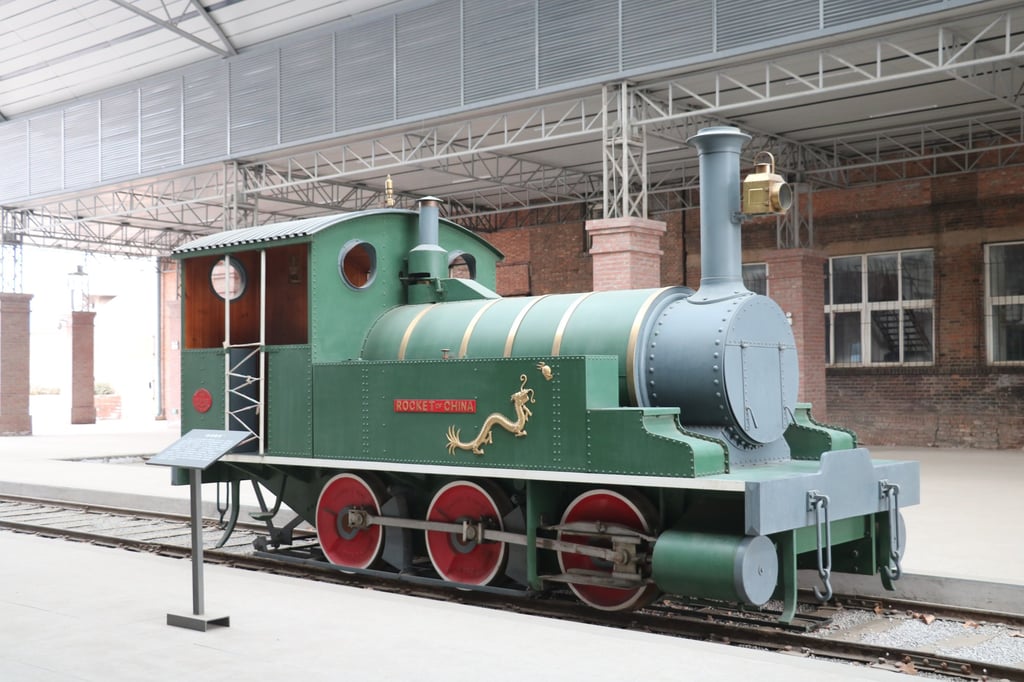A history of China’s first successful railway and how a Hebei museum park reveals the forces that tried to derail it
- The China Railway Origin Museum gives a glimpse of some of the country’s earliest tracks and how a train-mad Englishman put the wheels in motion

Standing a few blocks east of Tiananmen Square, Beijing Railway Station is one of the Ten Great Buildings constructed in 1959 to commemorate the 10th anniversary of Communist Party rule in China.
In 2019, at the tail end of the Lunar New Year, entering this faux-Ming eulogy to socialist liberation proved almost as challenging as getting into the Forbidden City during the actual Ming dynasty would have been.
Our IDs were checked every 100 yards or so by security personnel managing New Year human traffic.
Once inside, railway enthusiast Wang Wei and I attempted to warm up in the main hall of the station while admiring murals of communist grandeur and their contemporary equivalent: a big screen playing videos of trains racing through dazzling landscapes.
But back in the 19th century, China was a reluctant convert to the church of the iron horse. As Briton Peter Crush writes in Imperial Railways of North China (2013): “In 1880, China still had no railways and was some 40 years behind Europe, America and many small countries.”
